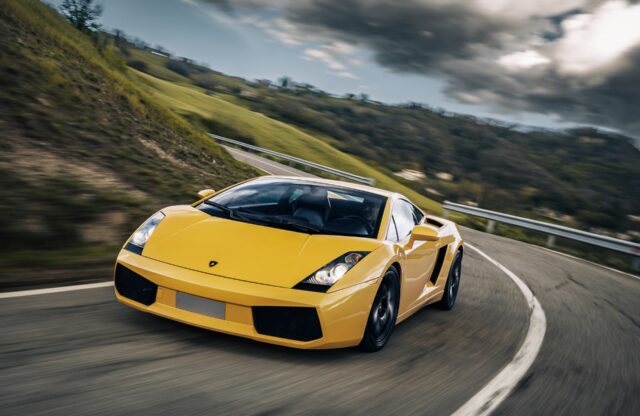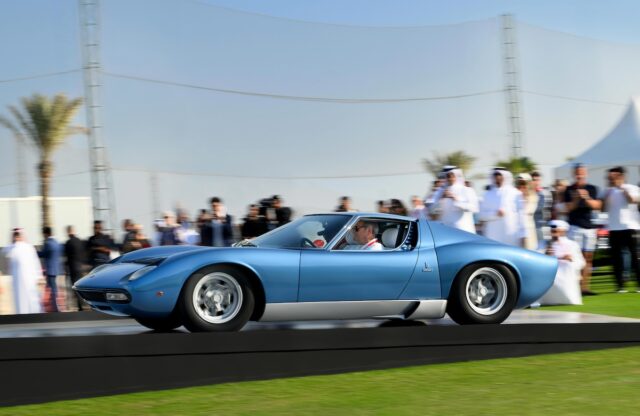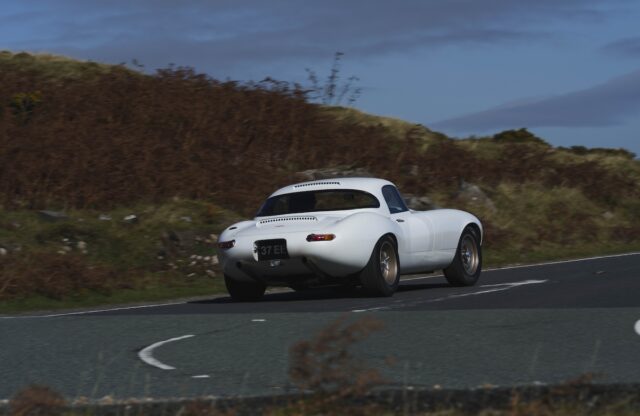Thanks to the parent firm Audi’s influence, Lamborghini has long shed its image as a maker of exciting if frail supercars. Thankfully, though, it has lost none of the unhinged madness that sets apart the Sant’Agata marque from its major rivals. In the case of the Gallardo, that unique character is thanks to the painstaking development work undertaken to differentiate it from the mechanically similar Audi R8 V10, with which it shared a number of components. Continual refinements and updates kept the Gallardo current throughout its decade-long production run, and there’s a marked difference between how the first and last models performed and felt on the road.
The very first Gallardo coupé was launched in 2003 for the 2004 model year. Its 5.0-litre V10 pumped out a class-leading 493bhp to all four wheels, and it could be had with either a traditional six-speed manual or a single-clutch automatic E-Gear transmission.
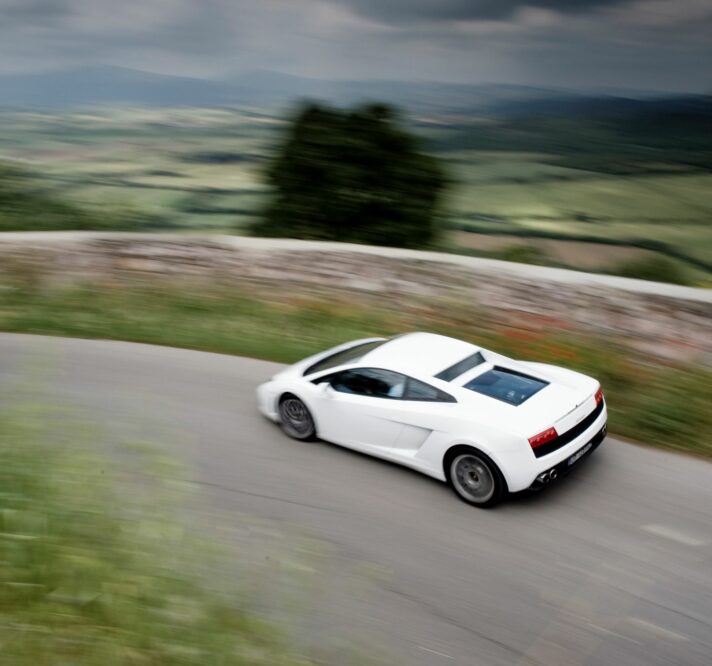
Whether you are looking for an appreciating future classic or a track-day toy for the weekends, there is a Gallardo that fits the bill
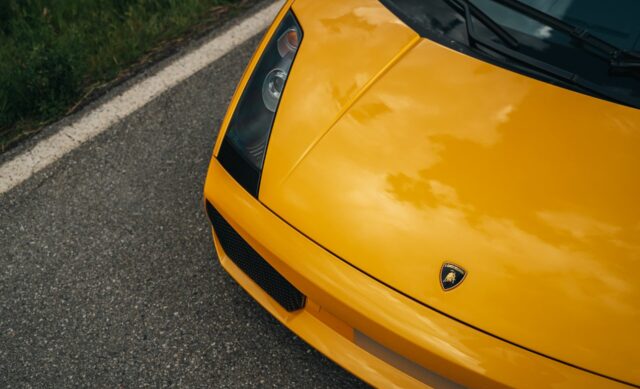
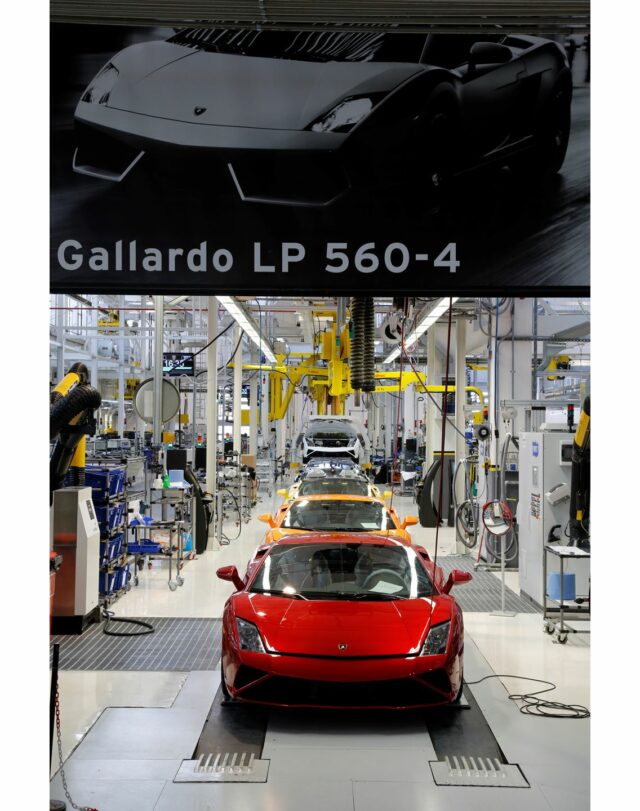
Throughout its run, notable updates and changes were carried out on a virtually yearly basis until production ended in 2013. There were almost 20 Gallardo models in total, including limited editions such as the desirable RWD LP550-2 Balboni and the track-ready LP570-4 Superleggera. Engine capacity was upped to 5.2 litres in 2008, and power outputs rose incrementally over the years, topping out at 562bhp.
While the Audi connection has added a level of reliability to the Lamborghini supercar formula, don’t expect frugal servicing costs. After all, the Gallardo is still a proper Lambo, with many of the quirks and traits that come with a highly strung mid-ship supercar.
With over 14,000 units shifted globally, the Gallardo remains the best-selling model in Lamborghini’s long history. That makes for a lot of choice in the used market, but there are still plenty of things to be wary of before taking the plunge.
ENGINE
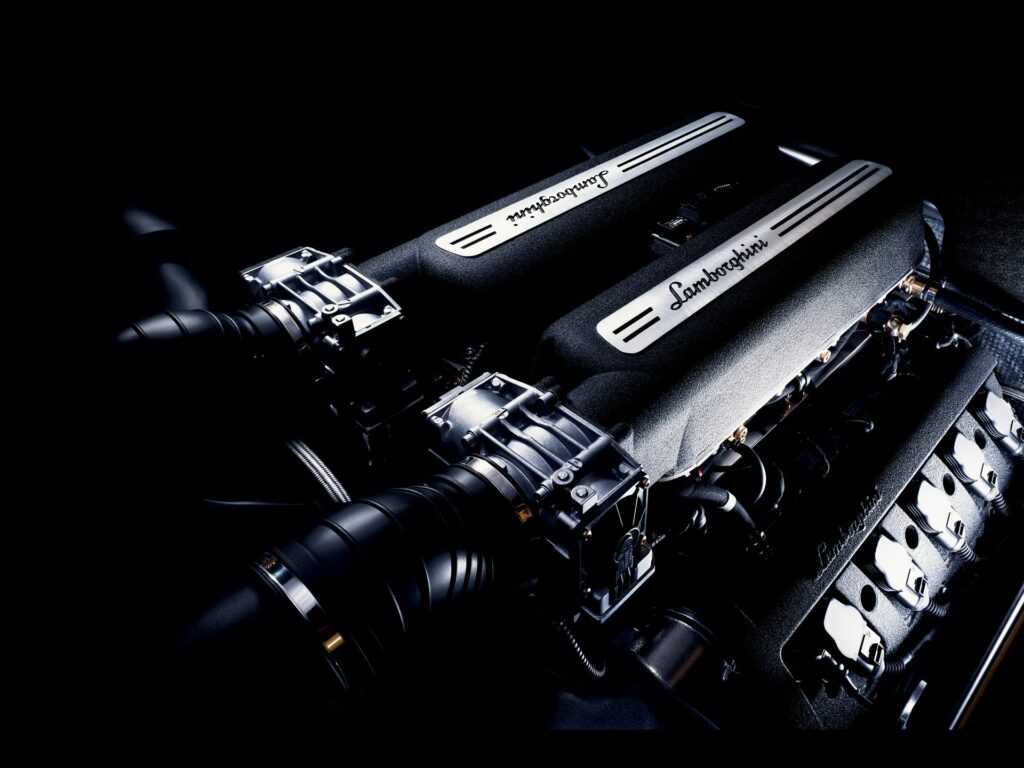
The earliest 5.0-litre V10s (2004-2005) have been found to have weaker conrod bearings than later models with upgraded components. The earlier cars were also plagued by oil-pump issues, so check that the pressures are correct and carry out a compression test if anything is suspect.
Sticking throttle bodies are a relatively easy fix by a specialist, but they do indicate that the car has spent much of its time idling around high streets instead of being driven as intended. The 5.2-litre engines introduced in 2008 offered more power and had direct injection, and no recurring issues have been noted with these units.
GEARBOX
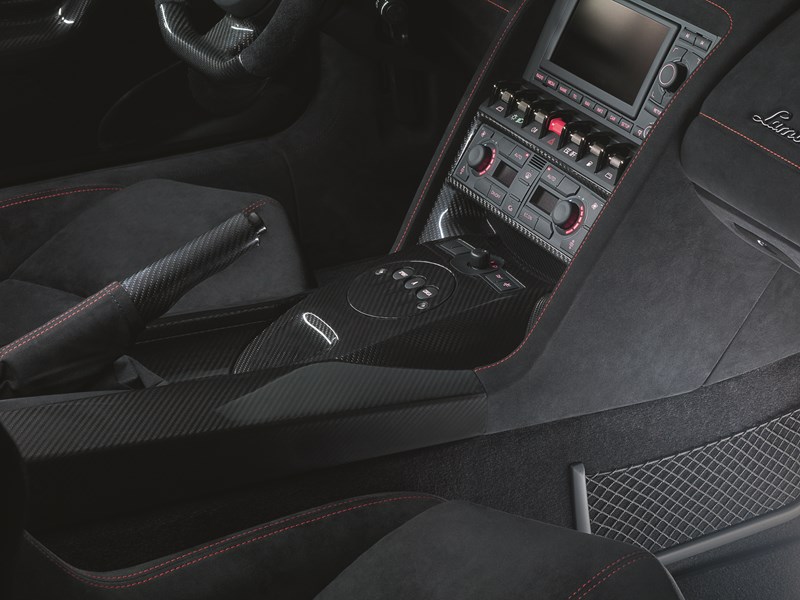
The rare manuals are a treat, and although they can be notchy in operation they are not prone to issues. The E-Gear transmission is a single-clutch automated manual, and is nowhere near as harsh as the modern unit fitted to the Aventador. However, the shift action was still a little rough on early cars. The E-Gear was specced on around 80 percent of Gallardos.
Facelifted models have a revised E-Gear set-up that gives smoother shifts, and software updates can be applied to the earlier cars to help with this. Upgraded clutches were also introduced during the Gallardo’s production run. Clutches are pricey to replace, and the flywheel generally needs to be done at the same time. Their lifespan is driver dependent and can be as short as 5000 miles.
SUSPENSION AND BRAKES
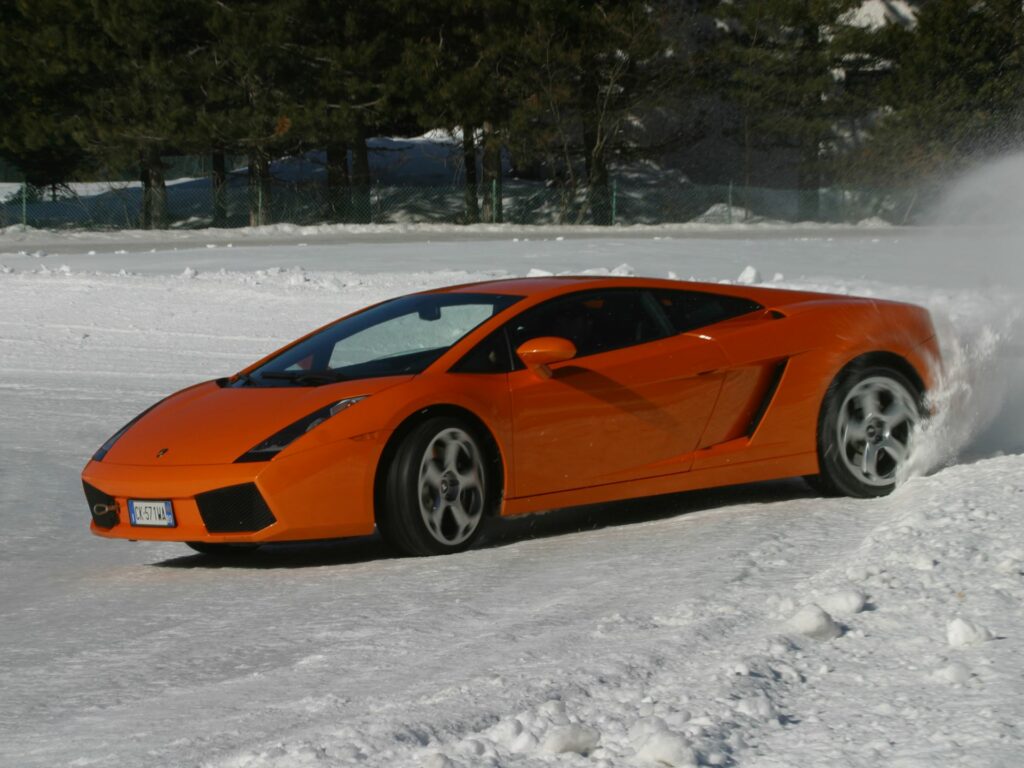
The suspension set-up is largely trouble-free, but check for any cracked bushes or uneven tyre wear; this indicates worn shocks or bad alignment. The optional nose-lift system can fail if unused, and the anti-roll bar bushes may exhibit excessive wear. All this is cured by fitting uprated parts available from a dealer.
Steel brakes of varying diameters were fitted to the majority of cars, but carbon-ceramic stoppers were an option from 2007 onwards. Both set-ups work well, although replacing the carbon-ceramic version is costly. Aftermarket wheels are not uncommon, but this can affect value so be sure to have the originals included in the sale if possible.
BODYWORK AND INTERIOR
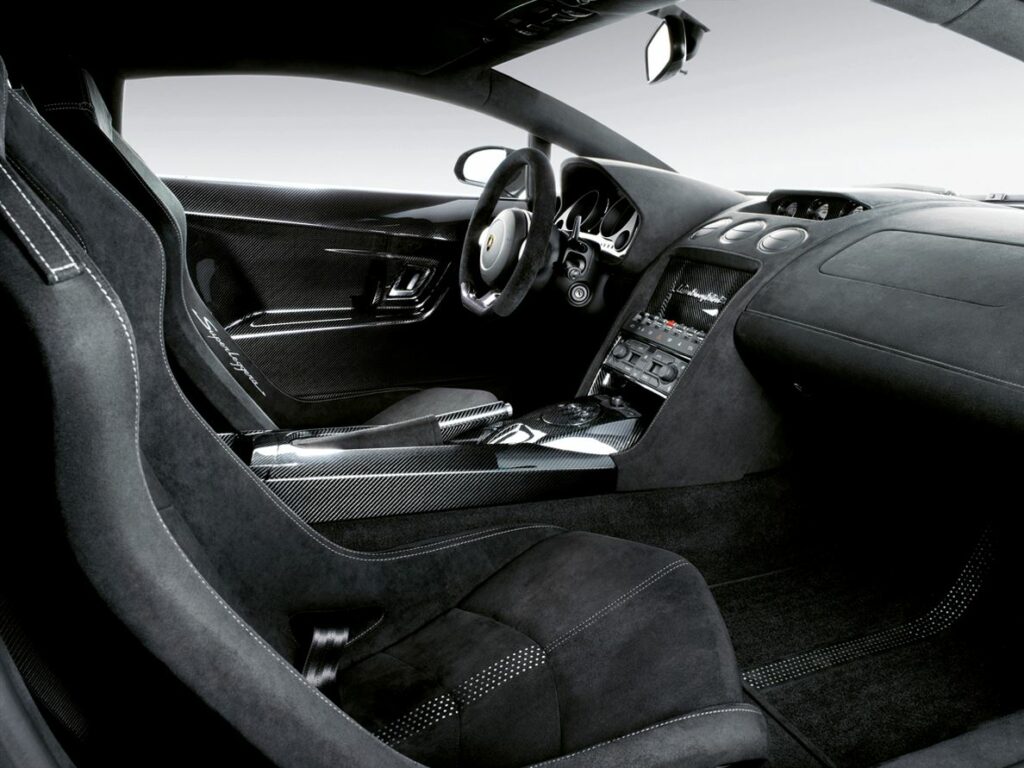
The aluminium chassis is lightweight, but repairs to it or the body are expensive. Consequently, check for evidence of accident damage and that panels align properly. Wraps are a popular modification, and they can hide a number of bodywork issues, so approach with caution.
The Audi-sourced switchgear is hard-wearing, and everything should work as expected. Unlike in previous Lambos, the air-con blows cold, and the only wear and tear on low-mileage models should be on the driver’s-seat base and bolsters.
WHICH LAMBORGHINI GALLARDO TO BUY
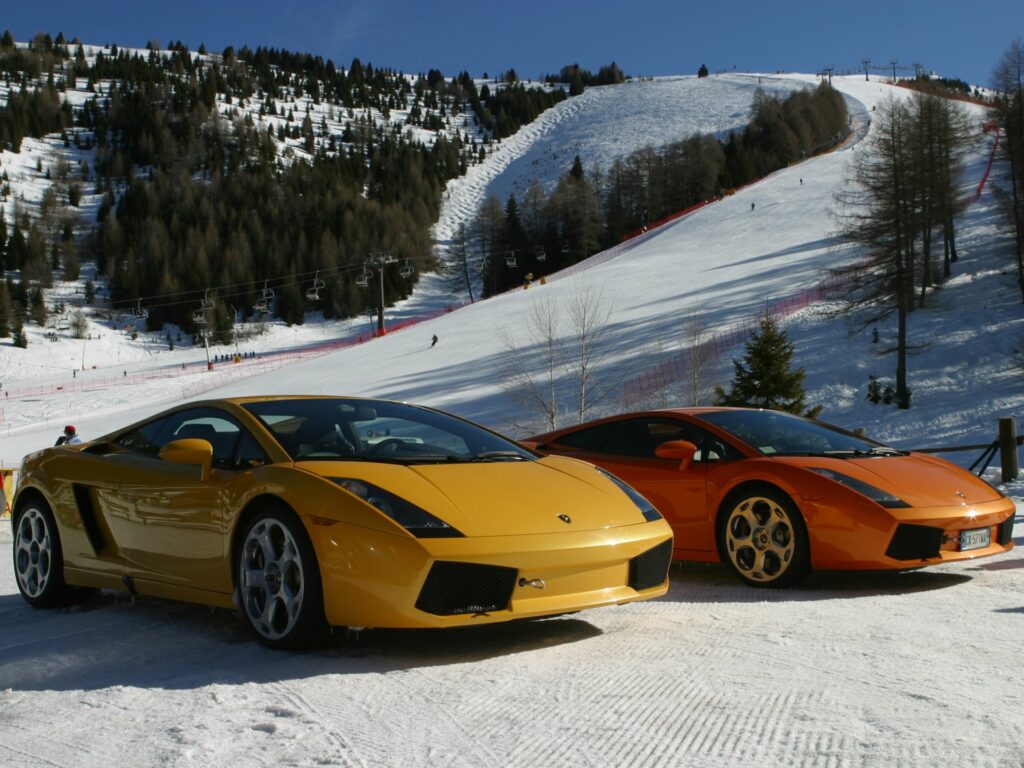
With the sheer number of cars on the road, and a relatively accessible price point, many Gallardos have been through a lot more owners and seen more regular use than you might expect. Prices vary greatly, as does the quality of what is out there. This is bookmarked by heavily modified early models with big mileage, and mint garage queens.
Keep an eye out for track-abused examples or ones that seem tired compared with the claimed mileage. In general, the later models (especially post-2008) are the ones to have, thanks to the continual refinements over the years. Cars such as the LP570-4 Spyder Performante and both Superleggera variants are always going to demand big figures.
High prices should also be expected with the sought-after LP550-2 Valentino Balboni, which was the only rear-wheel-drive Gallardo produced (aside from a handful of one-off specials). This car also came equipped exclusively with a manual gearbox, while the vast majority of Gallardos had the E-Gear auto.
With so much choice out there, you can afford to be a little picky. Whether you are looking for an appreciating future classic or a track-day toy for the weekends, there is a Gallardo that fits the bill.
WHAT TO PAY
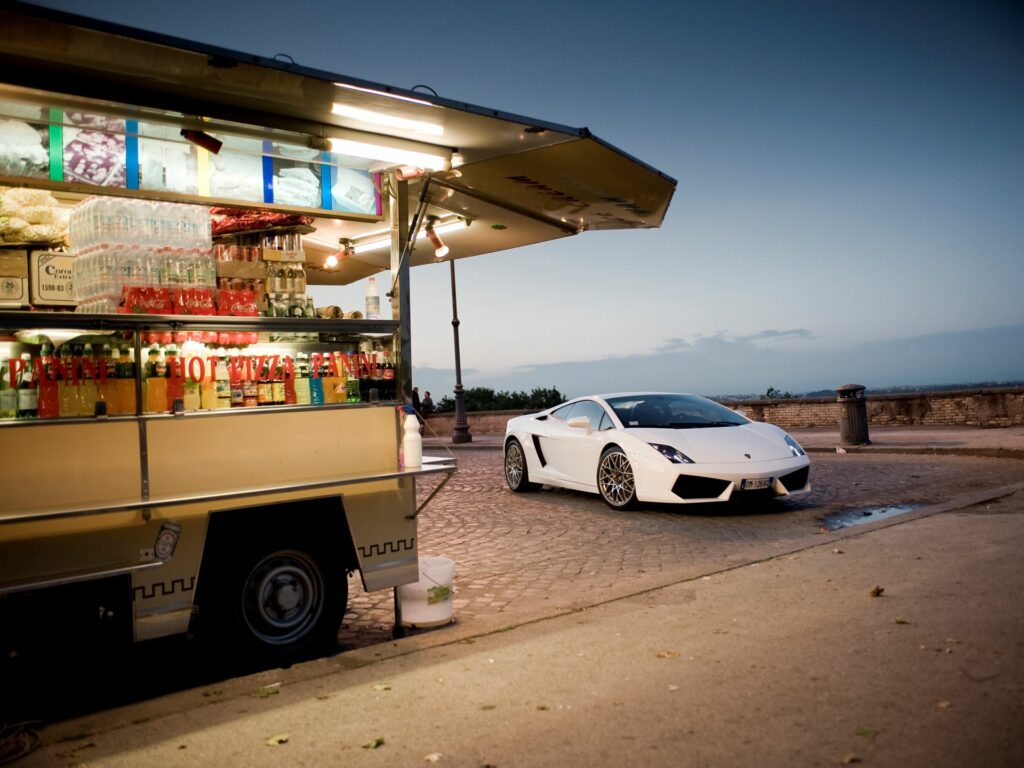
UK (2008 Coupé)
FAIR: £47,000
GOOD: £57,100
EXCELLENT: £87,800
CONCOURS: £115,000
US (2008 Coupé)
FAIR: $90,600
GOOD: $110,000
EXCELLENT: $142,000
CONCOURS: $186,000
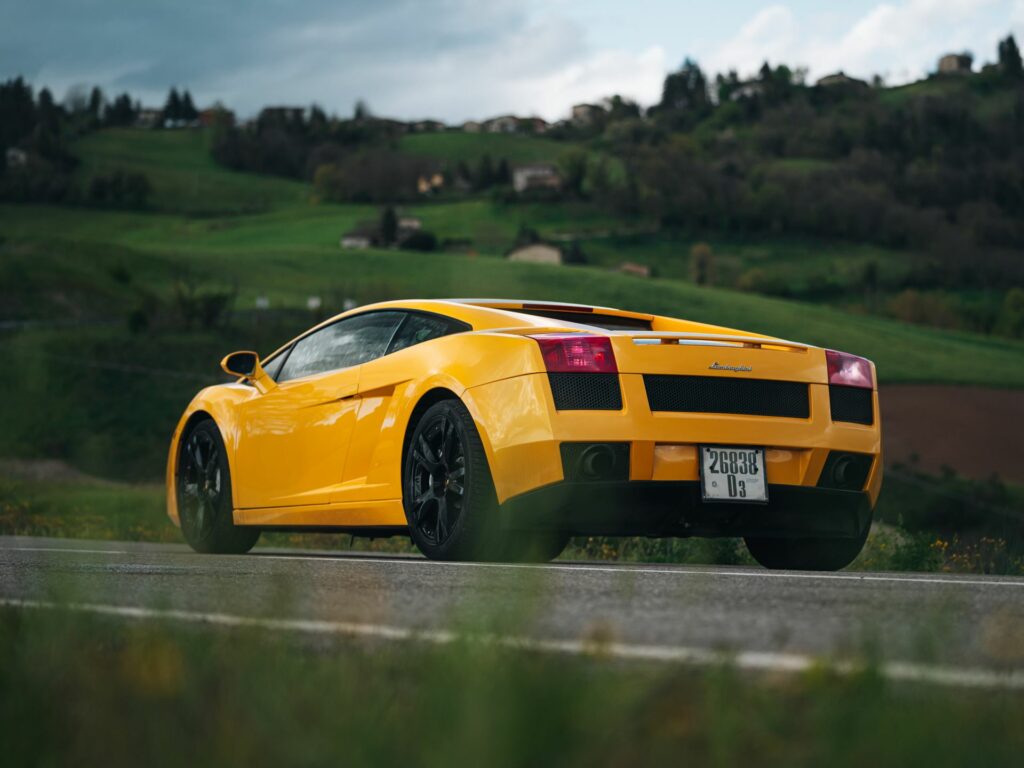
SPECIFICATIONS
5.0-litre V10
Power: 493-523bhp
Top speed: 201mph
0-60mph: 4.2 seconds
Economy: 20mpg (est.)
5.2-litre V10
Power: 552-562bhp
Top speed: 202-204mph
0-60mph: 3.2-3.6 seconds
Economy: 20mpg (est.)
